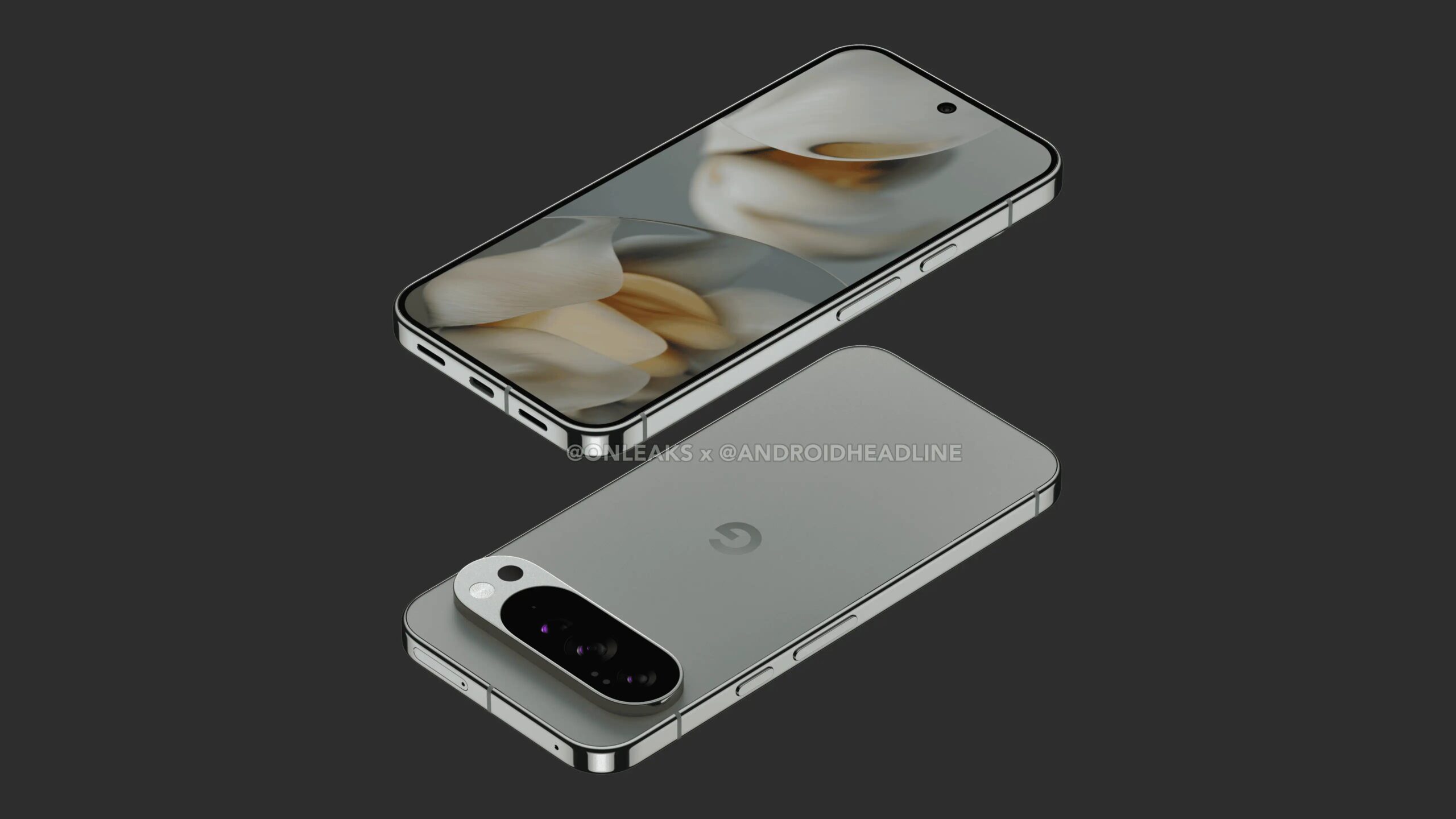Flashtechrepair.co.uk – As anticipation builds in the tech community, Google is quietly preparing to launch the Pixel 10, a smartphone that may not dazzle with dramatic changes, but instead reinforces the company’s long-standing philosophy: blending AI innovation with pure Android refinement. Although still under wraps with no official announcement yet, the Pixel 10 has already surfaced through a series of reliable leaks that provide a compelling picture of what’s to come.
This next-generation device is expected to debut with Android 16, and—more notably—a promise of up to seven years of major Android updates, mirroring the commitment to longevity that’s usually reserved for enterprise hardware or Apple’s ecosystem. For the average user, this means a device that stays relevant far beyond the typical two-year smartphone cycle.
As one industry analyst put it, “The Pixel 10 isn’t about flashy innovation, but about sustainable excellence. Google is maturing its hardware line into something much more durable—both in performance and purpose.”
Display, Design, and Durability in Harmony
The Pixel 10 continues Google’s aesthetic tradition: clean, premium, and purposeful. Leaks suggest a compact yet vivid 6.3-inch LTPO OLED display, offering 120Hz adaptive refresh rate and HDR10+ support. With peak brightness reaching up to 3000 nits, visibility under direct sunlight should pose no problem—ideal for users in bright urban environments or on-the-go creatives.
Built with Gorilla Glass Victus 2 on both sides and framed in aluminum, the Pixel 10 is expected to carry an IP68/IP69 water and dust resistance rating. That means not only can it survive the rain—it can likely endure accidental drops into water or dusty workspaces as well.
Its compact screen size hints at a more one-hand-friendly device, possibly targeting professionals who prioritize portability without sacrificing performance.
Powering Intelligence: Tensor G5 and Pure AI Optimization
At the heart of the Pixel 10 is Google’s own Tensor G5 chipset, likely built on a 4nm fabrication process, optimized not just for raw performance, but for on-device AI capabilities. This chipset architecture reportedly includes a combination of Cortex-X4, A720, and A520 cores, allowing it to balance high performance with energy efficiency.
This custom silicon allows Google to tightly integrate features like:
- Real-time translation
- Pixel Call Assist
- Circle to Search
- Live captions and transcription
- On-device image editing with AI prompts
These are not just gimmicks, but functions built to support accessibility, productivity, and personalization—hallmarks of modern software engineering.
Imaging: Computational Photography Taken Further
Google has long championed computational photography, and the Pixel 10 will carry this legacy with a robust triple-camera system:
- 48MP main wide camera with dual-pixel PDAF and OIS
- 10.8MP telephoto lens with 5x optical zoom
- 12MP ultrawide camera
Each sensor is rumored to support advanced features like Ultra HDR, Pixel Shift, Laser Autofocus, and “Best Take”, allowing users to capture multiple shots and select the most flattering version.
The front camera is a 10.5MP ultrawide that supports 4K video at 60fps, making it ideal for vlogging, Zoom meetings, or high-quality selfies.
According to one internal source, “The Pixel 10 is designed to democratize professional-grade photography through AI. It’s less about megapixels, more about what software can do with them.”
Battery, Charging, and Practical Utility
Battery life remains a priority, and the Pixel 10 is expected to pack a 4970mAh Li-Ion battery—larger than its predecessor. Charging options are diverse and forward-thinking:
- 29W wired charging (USB PD3.0, PPS)
- 15W wireless charging with Pixel Stand
- 12W Qi-compatible wireless charging
- Reverse wireless charging
These features make it both flexible and eco-conscious—users can charge accessories or help a friend in need.
The inclusion of Bypass Charging is a win for gamers and streamers, as it allows power to go directly to the motherboard instead of heating the battery during prolonged use.
Connectivity and Extras: What Makes Pixel 10 Smart Beyond the OS
The Pixel 10 doesn’t stop at being just a smartphone. It integrates:
- Wi-Fi 6E and Bluetooth 5.4 for faster data and audio connections
- Full multi-band positioning including NavIC, QZSS, and Galileo
- USB-C 3.2 for high-speed data transfer
- Satellite SOS emergency messaging, a feature increasingly critical in remote locations
Security is equally advanced, with an ultrasonic fingerprint scanner under the display, along with a full suite of environmental sensors: barometer, compass, proximity, and more.
While it may not be official yet, the Google Pixel 10 feels less like a wild leap forward and more like a thoughtful, mature iteration of everything Google has been working toward. With a focus on AI, extended software support, reliable hardware, and meaningful user features, this device represents the slow and steady path toward smartphone perfection.
Google Pixel 10: Key Analysis Table
| Feature Area | Specifications / Highlights |
|---|---|
| Display | 6.3″ LTPO OLED, 120Hz, HDR10+, 3000 nits peak, Gorilla Glass Victus 2 |
| Processor | Google Tensor G5, Octa-core (4nm), Mali-G715 GPU |
| Software | Android 16, 7 major updates promised |
| Camera (Rear) | 48MP main, 10.8MP 5x telephoto, 12MP ultrawide, Ultra HDR, Pixel Shift |
| Camera (Front) | 10.5MP ultrawide, 4K@60fps video |
| Battery & Charging | 4970mAh, 29W wired, 15W/12W wireless, reverse wireless, bypass mode |
| Build & Protection | Gorilla Glass Victus 2, IP68/IP69, aluminum frame |
| Storage Options | 128GB / 256GB UFS 3.1, both with 12GB RAM |
| Connectivity | 5G, Wi-Fi 6E, Bluetooth 5.4, USB-C 3.2, full GNSS support, NFC, no headphone jack |
| Special Features | Circle to Search, Satellite SOS, AI camera modes, long software support |






